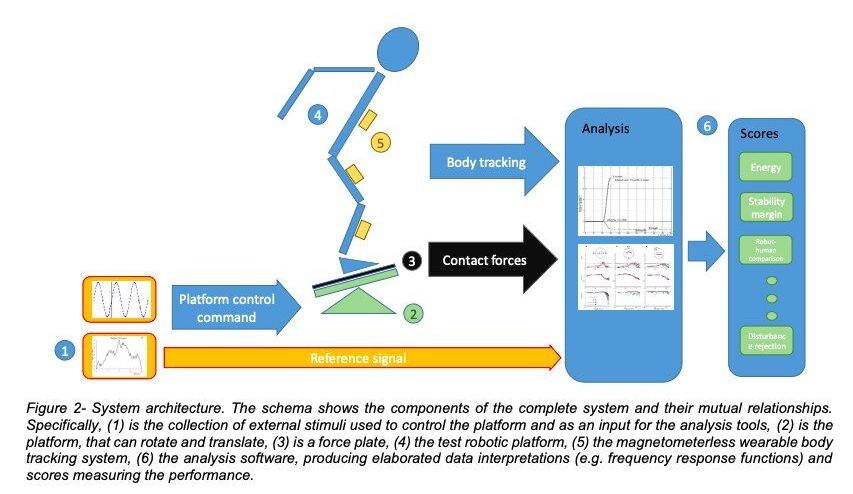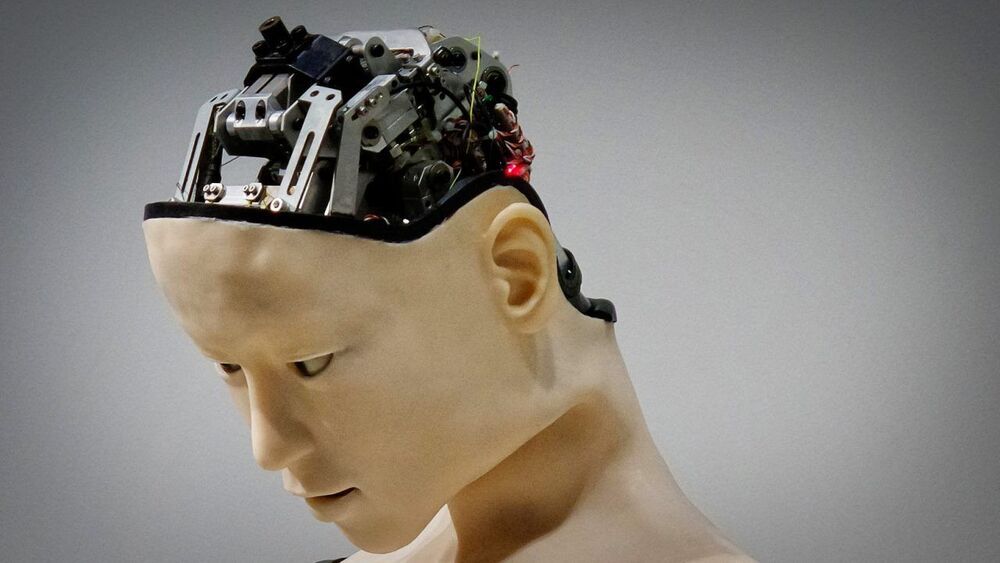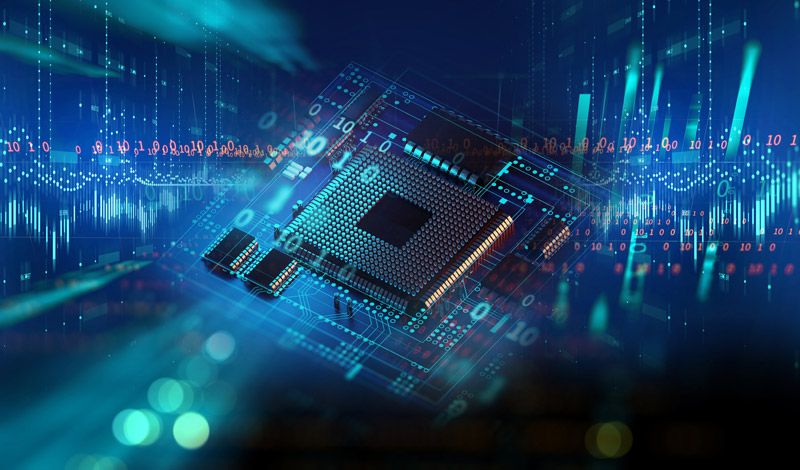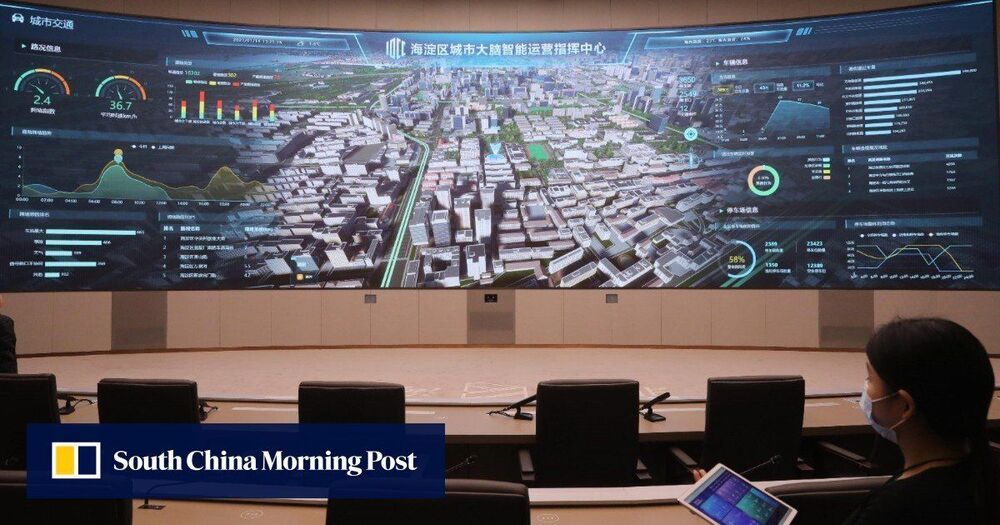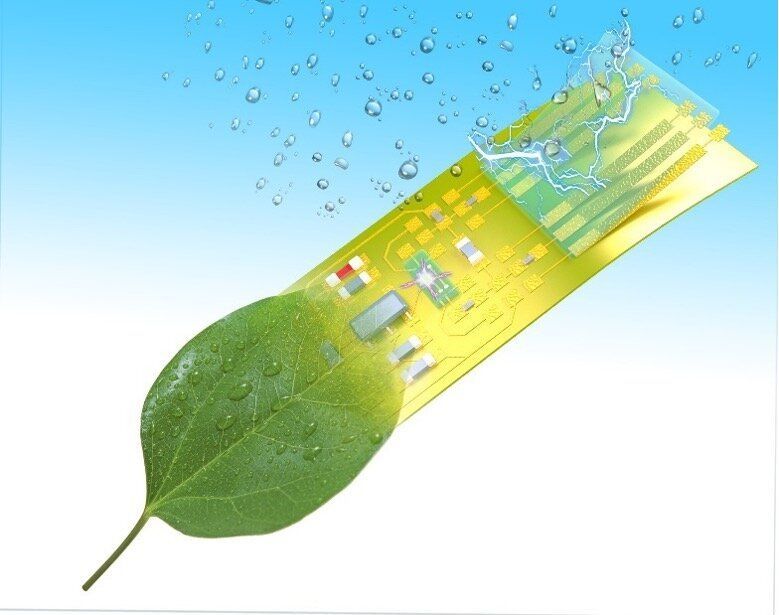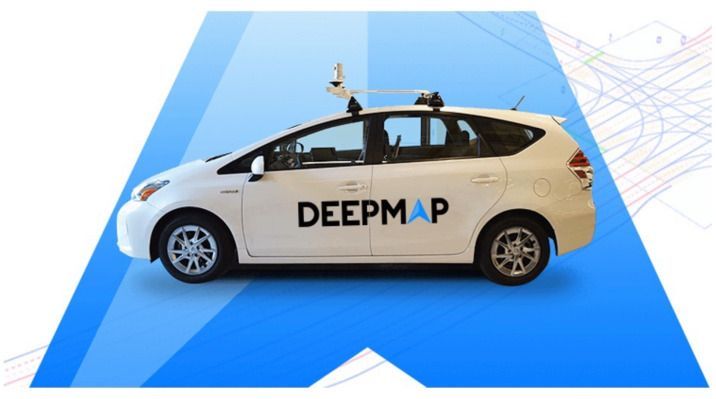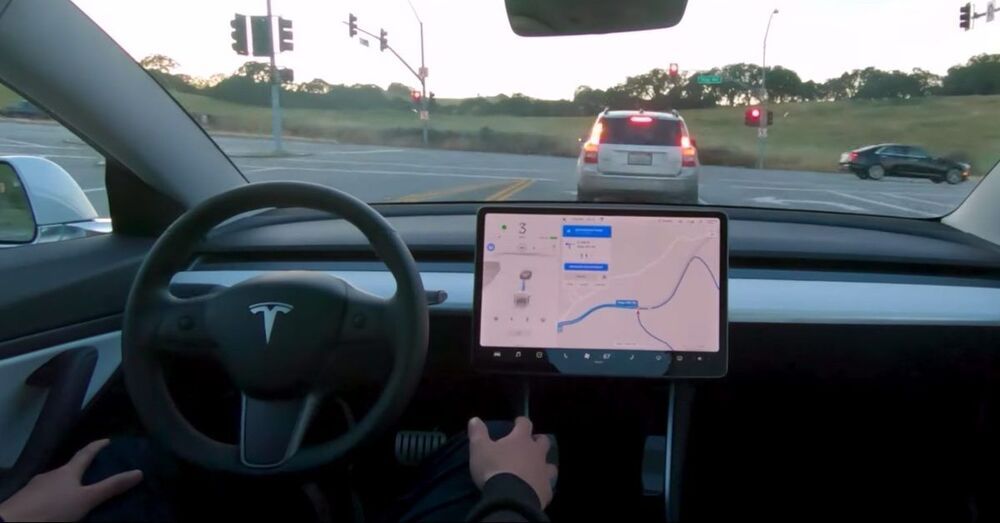In recent years, roboticists have developed a wide variety of robots with human-like capabilities. This includes robots with bodies that structurally resemble those of humans, also known as humanoid robots.
Testing the performance of humanoid robots can sometimes be challenging, as there are numerous measures to consider when trying to determine their applicability in real-world scenarios. Two features that are particularly important for humanoid robots are posture control and balance, as these robot’s body structures can sometimes make them prone to falling or stumbling, especially in complex environments.
Researchers at Technische Universität Berlin and the University Clinic of Freiburg recently created a system to evaluate the posture control and balance of both humans and humanoid robots. This system, presented in a paper pre-published on arXiv, is designed to assess balance and posture control of robots or humans as they perform different movements on a moving surface.
